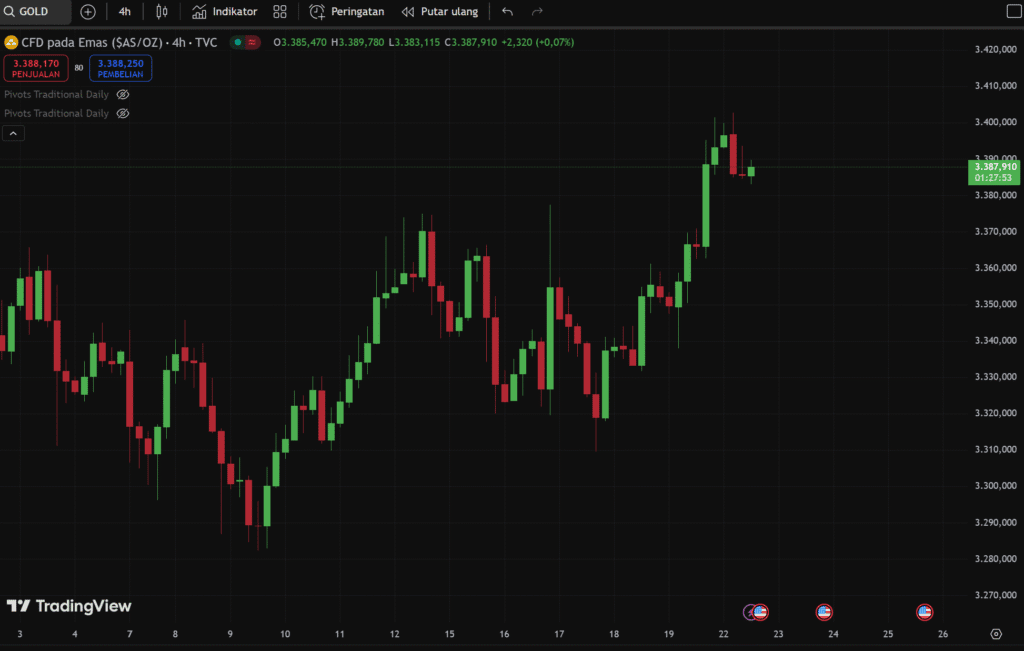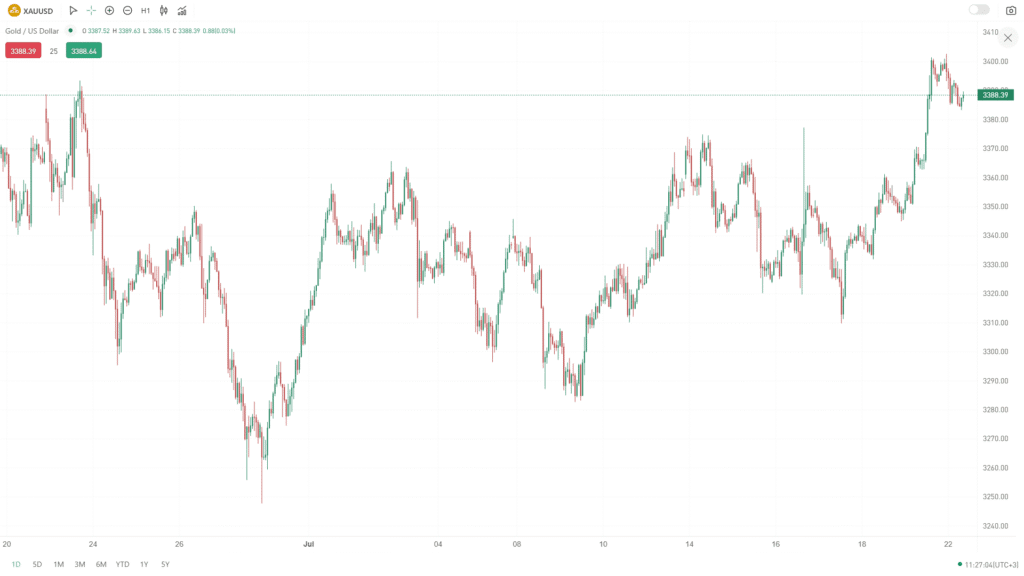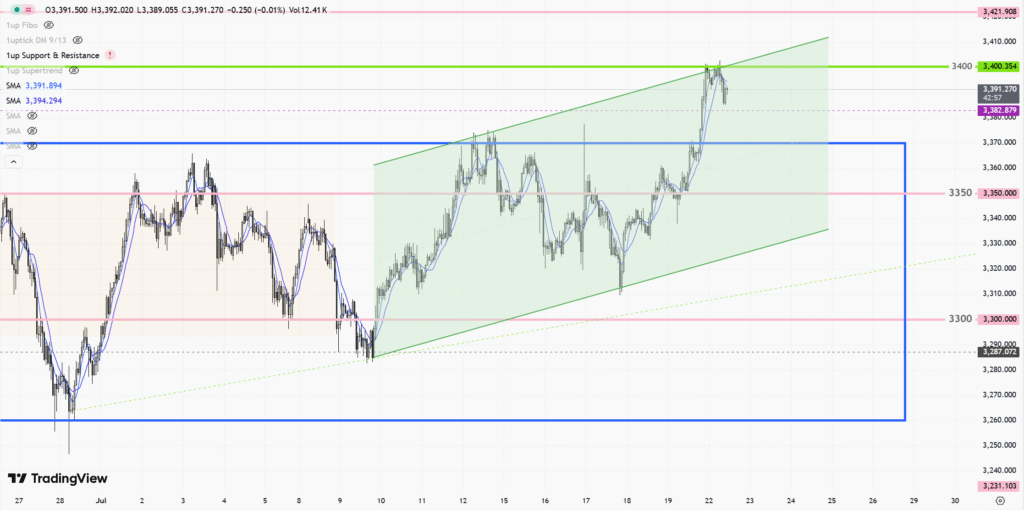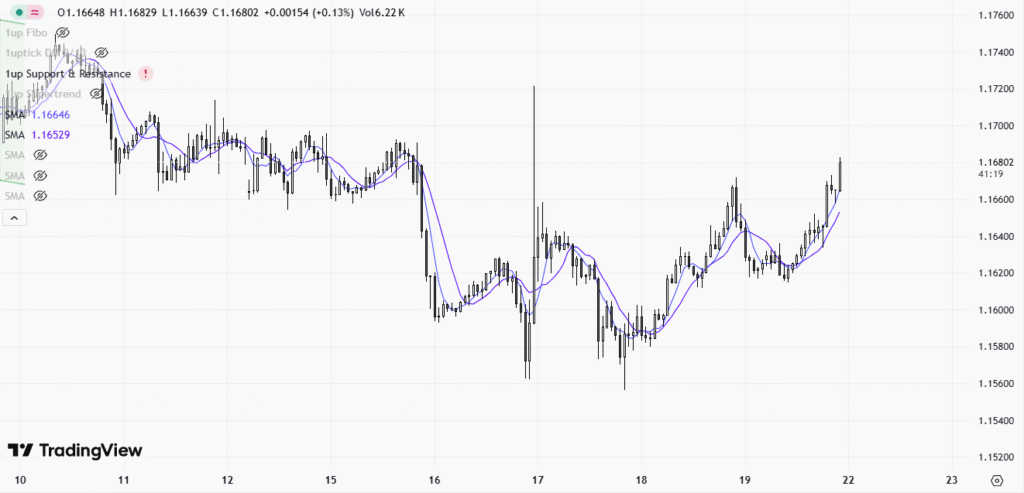 |
| Gold V.1.3.1 signal Telegram Channel (English) |
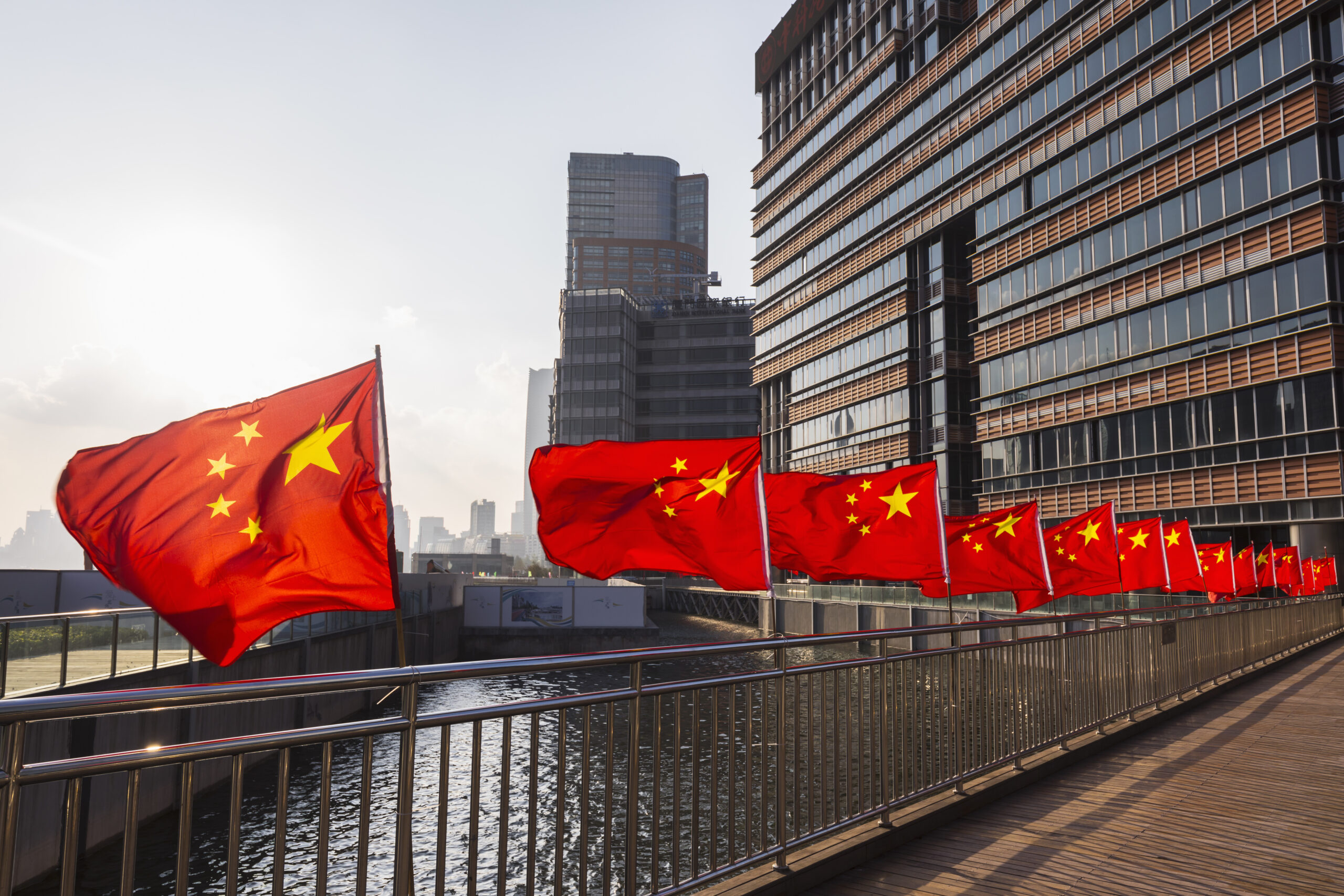
China’s Q1 2025 GDP Grows 5.4%, Beating Forecasts as Strong Exports Offset Tariff and Property Sector Pressures
2025-04-16 @ 13:02
China’s economy outperformed expectations in the first quarter of 2025, with GDP growing 5.4% year-over-year. This better-than-expected result was mainly driven by a surge in exports, as companies rushed to ship goods ahead of potential U.S. tariff hikes. In March alone, exports jumped 12%, contributing to a nearly 6% increase for the quarter. Still, external risks loom large—particularly as Washington escalates trade tensions under a renewed Trump administration, imposing tariffs as high as 145%, which casts uncertainty over the months ahead.
The manufacturing sector, especially export-oriented industries, was the leading engine of growth. High-value-added products such as electric vehicles and renewable energy equipment posted robust gains. Production of electric and hybrid vehicles soared more than 45% year-over-year, while output of 3D printers and industrial robots also recorded double-digit growth. This rush in shipments was largely driven by U.S. importers stockpiling in anticipation of higher tariffs. That export strength fed into industrial production, which rose 6.5% overall, with equipment manufacturing surging 10.8%.
Despite official reassurances about the strength and resilience of the economy, month-to-month data suggests some early signs of a slowdown. Quarter-over-quarter GDP growth slipped from 1.6% in Q4 2024 to 1.2% in Q1 2025. Many investors are now watching to see if the momentum fades as the front-loading effect from exports runs its course.
At the same time, weak domestic demand and a sluggish property market continue to weigh down the recovery. Consumer prices fell 0.1% in the first quarter, pointing to lingering deflationary pressure. While the government has rolled out subsidy programs for replacing vehicles and home appliances to stir consumption, retail sales grew only 4.2%, indicating that household spending remains subdued. Meanwhile, property investment dropped 10% year-over-year, underscoring the limitations of policies aimed at stabilizing housing delivery and reducing inventory. Confidence in the real estate sector remains weak.
With external demand expected to lose steam, several global financial institutions have slashed growth forecasts for China. UBS now anticipates GDP growth to slow to 3.4% in 2025 and drop further to 3% in 2026. The bank warned that worsening U.S.–China trade tensions could further strain exports and dampen economic momentum. On the other hand, the International Monetary Fund and the Asian Development Bank remain relatively upbeat, maintaining a growth projection of 4.6% for this year, while also acknowledging rising uncertainty.
The reality of an escalating trade war between China and the U.S. is becoming increasingly evident. Since President Trump returned to office earlier this year, the U.S. has raised tariffs on Chinese imports three times—from 10% to as high as 145%—covering everything from steel and automobiles to electronics and consumer goods. In response, China has slapped retaliatory tariffs of up to 125% on American agricultural products and high-tech equipment. These measures are hurting Chinese exporters and dealing a blow to U.S. agricultural regions and industrial sectors, tightening pressure on both sides’ supply chains.
To support domestic demand and employment, the Chinese government has recently intensified its policy efforts, expanding consumer subsidies, easing property purchase restrictions, and increasing financial support for manufacturing and technology sectors. These policies aim to cushion the blows from weakening external demand and bolster internal drivers of growth. However, analysts caution that amid global supply chain realignment and rising political risk in key export markets, depending heavily on domestic consumption to sustain growth remains a tough challenge.
That said, China is continuing its longer-term shift toward a more innovation-driven and efficiency-focused economy, despite external pressure. Investment in high-tech manufacturing rose a robust 18%, and the share of digital economy sectors in GDP has surpassed the 10% mark. These trends suggest that the Chinese economy is gradually moving away from its reliance on traditional heavy industry and real estate, making strides toward a more modern, productivity-oriented growth model.
Looking ahead, Beijing faces increasingly complex policy trade-offs. It must carefully balance efforts to stabilize jobs and financial risks, while also pushing forward with supply-side reforms and nurturing emerging industries. With rising trade tensions and internal structural adjustments both in play, China’s economic transformation will require an even steadier and more determined approach.


